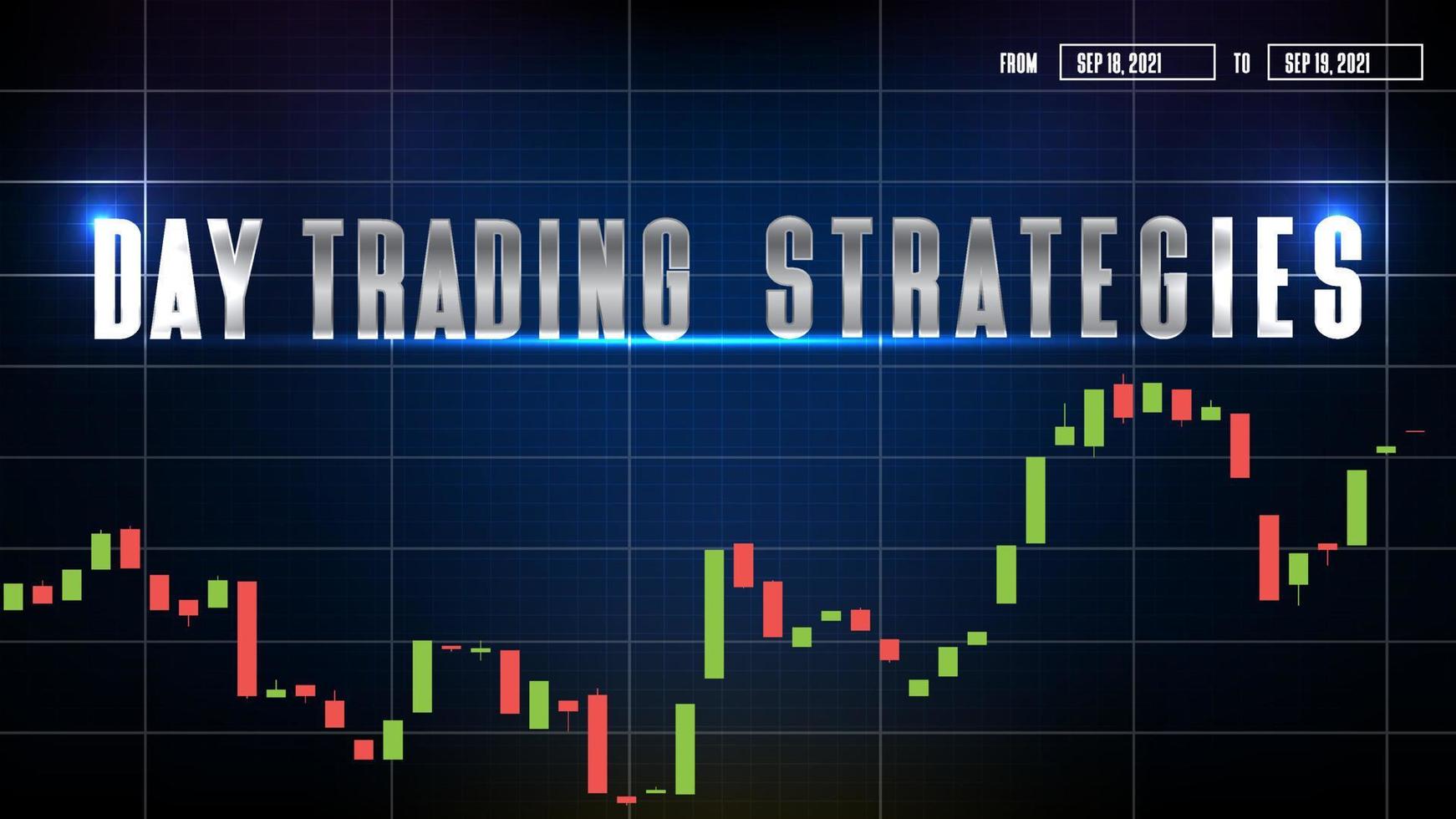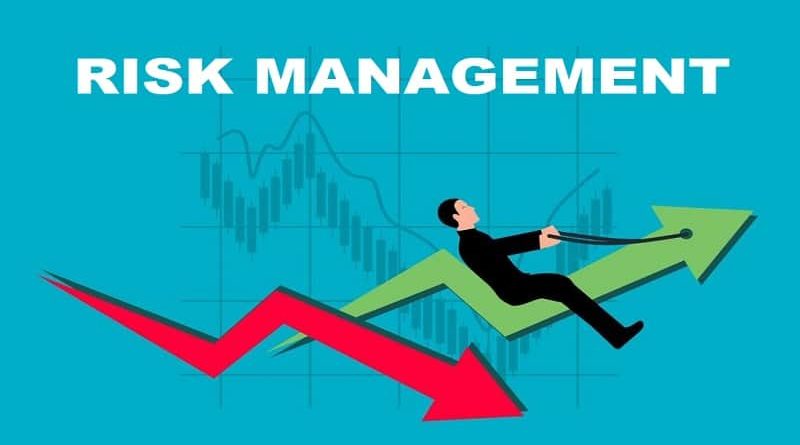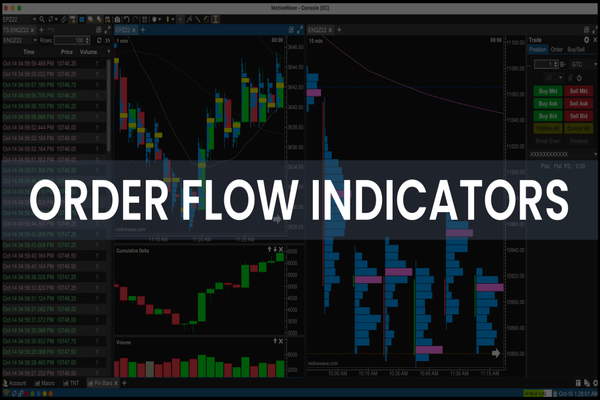Navigating the forex market is like trying to catch waves on a stormy sea. Without direction and a reliable plan, you risk being swept away by market volatility. This is where forex day trading strategies come in. They provide structure, discipline, and a practical edge to help traders survive and thrive in a fast-paced environment.
Whether you're just starting out or already have some experience, learning about tried and tested strategies can sharpen your approach. Below, we explore seven of the most effective forex day trading strategies used by traders around the world.
Ranking the 7 Best Forex Day Trading Strategies

1. Trend Following
Trend following is one of the most common and effective forex day trading strategies. It's built around the simple idea that prices tend to move in sustained directions. By identifying an existing trend and trading in its direction, traders aim to capture profits as the trend continues.
Tools like moving averages, the Average Directional Index (ADX), or trendlines help traders recognise the strength and direction of a trend. The key is to join a trend early and exit before it reverses.
2. Breakout Trading
Breakout trading focuses on moments when a currency pair breaks through a support or resistance level with increased volume. This typically signals a potential new trend or continuation of an existing one.
Among forex day trading strategies, breakout setups are particularly popular during high-impact news releases or market openings, such as the overlap between the London and New York sessions. Timing and confirmation through volume or price momentum are crucial in this method.
3. Scalping
Scalping is a fast-paced strategy where traders enter and exit the market within minutes, sometimes seconds. These traders aim to make small profits repeatedly, which adds up by the end of the day.
This is one of the most intense forex day trading strategies, requiring lightning-fast decision-making, excellent technical analysis, and strict discipline. Scalpers typically rely on very short timeframes, such as the one-minute or five-minute charts.
4. Reversal Trading
Reversal strategies aim to capture market turning points. Traders using this approach look for signs that a prevailing trend is about to reverse, and position themselves accordingly.
To make reversal-based forex day trading strategies work, traders rely on chart patterns (such as double tops, head and shoulders, or wedges) along with indicators like the Relative Strength Index (RSI) or MACD to spot divergence. Waiting for confirmation is essential, as early entries can be risky.
5. News-Based Trading
Economic news has a powerful impact on currency prices. From interest rate decisions to inflation reports, major announcements can cause rapid and sometimes unpredictable movements.
News-based forex day trading strategies involve trading just before or after key releases. Some traders place pending orders, while others trade the volatility once a direction becomes clear. Managing risk is especially important in this approach, given the potential for sudden price spikes or slippage.
6. Range Trading
Not all markets trend. In fact, much of the time, prices fluctuate within a horizontal range. Range trading involves identifying clear support and resistance levels, and buying at the lower end of the range while selling at the upper end.
This is one of the more straightforward forex day trading strategies, ideal for low-volatility environments. Indicators like Bollinger Bands, Stochastic Oscillator, or RSI can help confirm entries and exits within the range.
7. Moving Average Crossovers
Moving average crossover strategies use two or more moving averages to signal entry and exit points. A simple example is when a short-term moving average (e.g. 10-period) crosses above a longer-term one (e.g. 50-period), signalling a potential buy. The opposite crossover may indicate a sell.
These crossovers are frequently used as part of broader forex day trading strategies and are especially helpful when combined with other indicators to confirm trend strength.
Choosing the Right Strategy
Not every strategy suits every trader. Your choice of forex day trading strategies should depend on your personality, risk tolerance, market experience, and time availability.
For instance, scalping may suit someone who enjoys constant action and quick decisions. On the other hand, reversal or range trading may be better suited to those who prefer a more calculated and patient style.
It's always best to test any strategy in a demo account before applying it to live trades. This helps you understand the mechanics without risking real capital.
Risk Management Is Everything

Even the best forex day trading strategies will fail if they're not paired with solid risk management. The first rule is never to risk more than a small portion of your trading capital on a single trade. Many seasoned traders suggest risking only 1% or 2% per trade.
Using stop-loss and take-profit orders ensures you stick to your plan and avoid emotional decision-making. Consistency, discipline, and a clear exit strategy are just as important as knowing when to enter a trade.
Final Thoughts
There is no one-size-fits-all method when it comes to forex day trading strategies. However, by learning from these seven well-known approaches and tailoring them to fit your style and market view, you increase your chances of trading with confidence and consistency.
Patience, practice, and a focus on managing risk will always serve you better than chasing quick wins. Whether you're scalping for small gains or riding trends for bigger moves, having a strategy in place keeps your trading focused and informed.
Disclaimer: This material is for general information purposes only and is not intended as (and should not be considered to be) financial, investment or other advice on which reliance should be placed. No opinion given in the material constitutes a recommendation by EBC or the author that any particular investment, security, transaction or investment strategy is suitable for any specific person.








